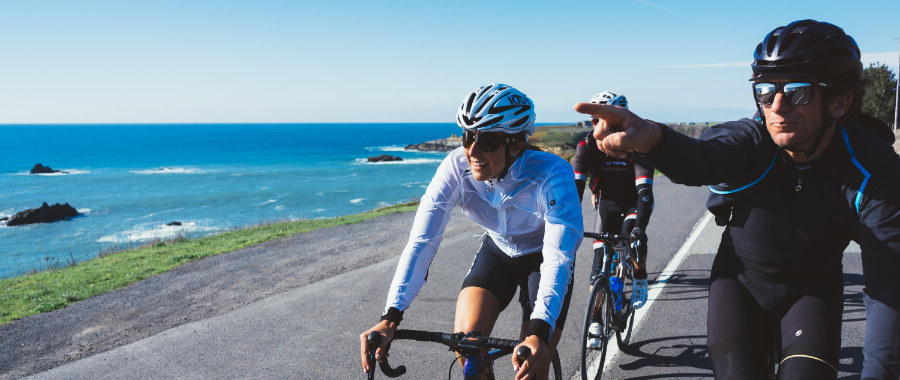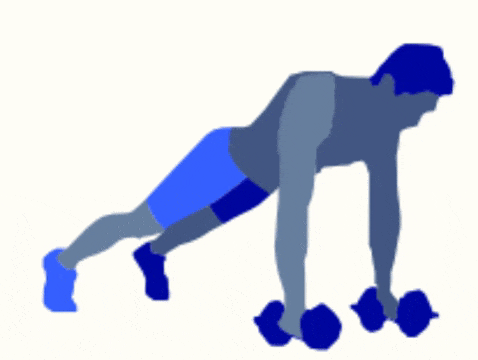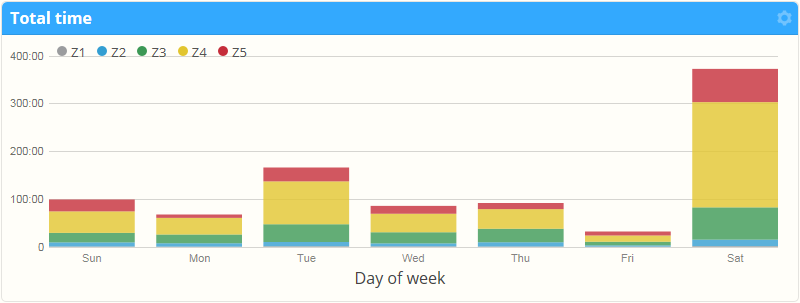How to Improve Bike Power
Tips for increasing your power in the saddle and at the gym
There's a lot more you can do to improve your cycling performance besides following a solid training plan, doing indoor trainer workouts, riding with challenging groups, working out in the gym, having a healthy diet, and hiring a coach. What follows are key training tips you can easily incorporate into your weekly routine both on and off the bike...
Avoid the path of least resistance
People have a natural tendency to seek the path of least resistance, and this is true in cycling. Opting to only draft in group rides, and never going to the head of the pack to pull. Choosing routes with fewer hills. Spinning in easy gears rather than grinding it out. Modern bikes make it easy to change gears so you don't have to work as hard, but this tendancy is precisely what you should avoid.

When you encounter a climb (either in the real world or in a virtual training platform), don't automatically shift to the easiest gear. Instead, maintain a high cadence in a slightly harder gear. As you get stronger, up the ante by chosing even harder gears while still holding cadence. It's much harder work, but remember, you got on the bike to work out! :)
Headwinds are universally viewed as negative by cyclists, but you should start thinking of them as training enhancements. Use the resistance they provide to increase your power by staying in a harder gear while still maintaining a high cadence. On longer rides into the wind, you may need to break these efforts into intervals with recovery phases.
Embrace cycling-focused strength training
It's simple math: the more powerful your body is, the more power you'll be able to push into the cranks. That's why year-round strength training is beneficial for cyclists, but it pays to be strategic in the gym.
While there's a place in your training for intense power lifting, it's best to utilize these workouts for cycling-focused exercises, especially during training and racing seasons. Too much attention paid to upper-body iron pumping with short repititions can leave your legs and core lacking.
It's much more advantageous to focus on aerobic strength training with higher repetitions. You want to train the arm, shoulder, and back muscles that work to keep you in aero positions on the bike for hours on end. Planks are an excellent way to do this, as is another key exercise called "renegade rows."

The renegade row
- Use a set of kettleballs or dumbbells
- Start with a lighter weight and build up later
- Position your feet shoulder-distance apart
- Move the weights in a gentle, controlled motion (don't slam them down)
- Alternate arms, or work one side then the other
- Start with 3 sets of 10 reps, and increase as you get stronger
It's also beneficial to do push-ups while in the renegade row position on the weights. There are many more cycling-specific exercises you can do, such as burpees, mountain climbers, lunges (forward and lateral), deadlifts, running stairs, bicycle kicks, and more.
Don't overdo it with high intensity
As tempting as it can be to push hard on every trainer ride, gym workout, and when you hit the pavement outdoors, remember that you won't be making as many gains as would if you held back quite a bit. The majority of your training should be in the lower zones, under 75% of your FTP.
The slow and steady distance and time you accumulate helps build your endurance. Intense workouts should only account for 25% of your training. Just as it's important to take rest seriously on rest days, your body needs recovery time to gain strength from the stresses of training. The good news is that when it's time for intensity in a workout, it pays dividends to push extra hard.
Stay on target with data analysis
It doesn't have to be a guessing game to determine how much time you're spending in your various training zones week after week. Since over-training posess such a threat to your goal of improving power, it's best to get a bird's eye view of your effort. If you train with heart rate, you can easily create "cumulative heart rate zone time" charts in SportTracks.
With just a couple of clicks on the SportTracks Analysis page, you can create a chart like the one above (instructions for how to do it are in our Heartrate Zone Goal Monitoring post). As you can see, this athlete is spending too much time in zones 4 and 5 and not nearly enough time in zones 1 and 2. What did your most recent training block look like?
Thanks for reading! If you have any questions or comments, we would love to hear them below...
| Article written by Sam Mallery, Director of Marketing, Zone Five Software Inc. |

